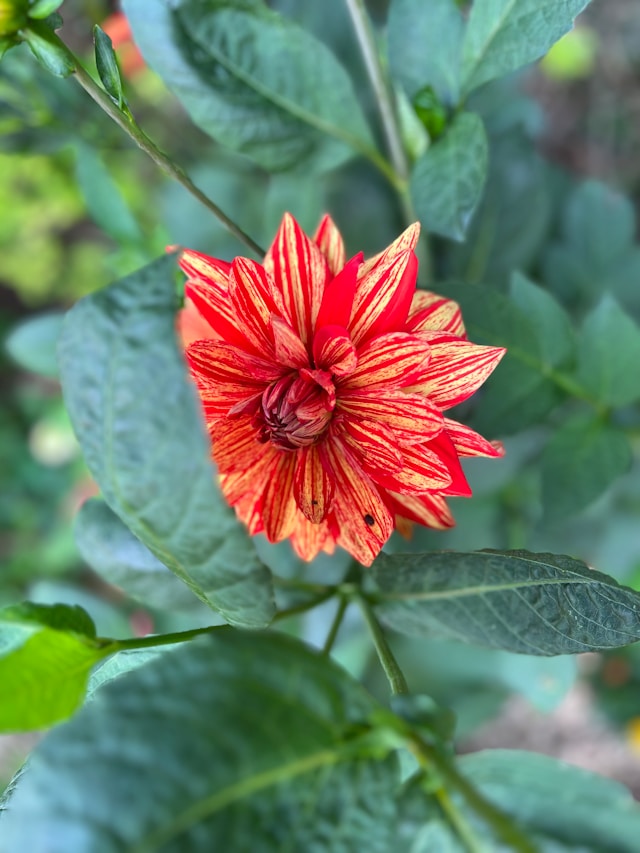Introduction: Why the Mexican Poppy Flower Deserves Attention
Did you know that the Mexican poppy flower (Argemone mexicana) has been used for centuries in traditional medicine across different cultures? This vibrant yellow flower, often found growing wild, is more than just an ornamental plant. It carries medicinal value, historical significance, and even cautionary tales due to its toxic properties.
In this post, we’ll explore the uses, benefits, and cultural importance of the Mexican poppy flower, giving you insights into why it continues to spark interest among herbalists, researchers, and nature enthusiasts.
Table of Contents
What is the Mexican Poppy Flower?
The Mexican poppy flower, scientifically known as Argemone mexicana, belongs to the Papaveraceae family. Native to Mexico and the southwestern United States, this hardy plant has spread across tropical and subtropical regions, including parts of Africa and Asia. Its bright yellow petals and prickly leaves make it instantly recognizable.
Key Features of Mexican Poppy Flower
- Yellow to orange cup-shaped flowers
- Spiny leaves with pale veins
- Hardy, drought-resistant nature
- Growth in poor and sandy soils
Traditional and Medicinal Uses of the Mexican Poppy Flower
For centuries, the Mexican poppy flower has been part of traditional healing practices. Ancient civilizations used its seeds, latex, and leaves for various remedies, but with caution due to its toxic alkaloids.
Common Traditional Applications
- Relief from skin problems such as boils and wounds
- Used as a mild sedative in folk medicine
- Decoctions for respiratory issues like cough and asthma
- Seeds pressed for oil in some cultures
Note: While the Mexican poppy flower has been valued in herbal medicine, modern science warns of its potential toxicity when improperly used.
Health Benefits of Mexican Poppy Flower
Despite its risks, studies and traditional accounts suggest several health benefits of the Mexican poppy flower:
- Antimicrobial properties – Extracts may help fight bacteria and fungi.
- Anti-inflammatory effects – Traditionally applied to reduce swelling and pain.
- Analgesic benefits – Folk healers used it as a natural pain reliever.
- Potential for liver protection – Some studies suggest protective effects, though more research is needed.
Risks and Toxicity: What You Should Know
The Mexican poppy flower is not without dangers. Its seeds resemble mustard seeds and have caused accidental poisonings. The plant contains toxic alkaloids such as sanguinarine, which can lead to health issues if ingested.
Possible Side Effects
- Nausea and vomiting
- Eye irritation if latex contacts the skin
- Dropsy (fluid retention) in cases of contaminated seed oil consumption
Because of these risks, experts strongly advise against self-medicating with the Mexican poppy flower.
Cultural and Historical Significance
The Mexican poppy flower carries both medicinal and symbolic meaning in different regions:
- In Mexico, it has been a part of folk remedies for generations.
- In India, the seeds have been mistakenly mixed with edible mustard seeds, leading to health crises in the past.
- In Africa, traditional healers value it for its role in wound care and pain relief.
This plant’s dual nature—as both healer and potential poison—adds to its cultural mystique.
Mexican Poppy Flower in Modern Research
Today, scientists continue to study the Mexican poppy flower for its pharmacological potential. Its bioactive compounds may hold promise for developing new antimicrobial and anti-inflammatory drugs.
However, researchers also stress the importance of controlled usage and further testing to avoid harmful side effects.
Final Thoughts: Should You Use Mexican Poppy Flower?
The Mexican poppy flower (Argemone mexicana) is a plant of contrasts—both valued and feared. While it has been used in traditional medicine for centuries and shows potential benefits, its toxic nature makes it unsuitable for casual or home use. If you are interested in herbal remedies, it’s best to consult healthcare professionals and rely on safer, scientifically validated herbs.
For more on natural remedies and medicinal plants, visit National Center for Complementary and Integrative Health (NCCIH) and explore reliable research-based resources.
Call to Action
Are you curious about more medicinal plants and natural remedies? Stay informed with our latest guides on herbal health, traditional healing, and modern research.
Subscribe to our blog, explore related articles, and share this post with others interested in the fascinating world of natural medicine.








